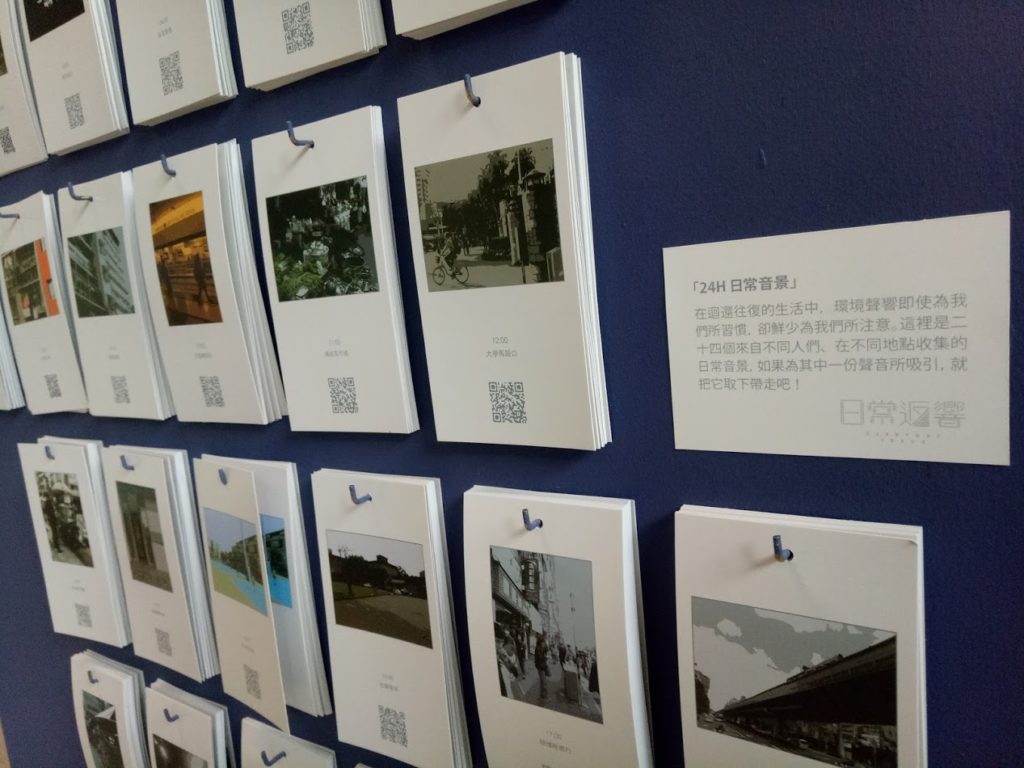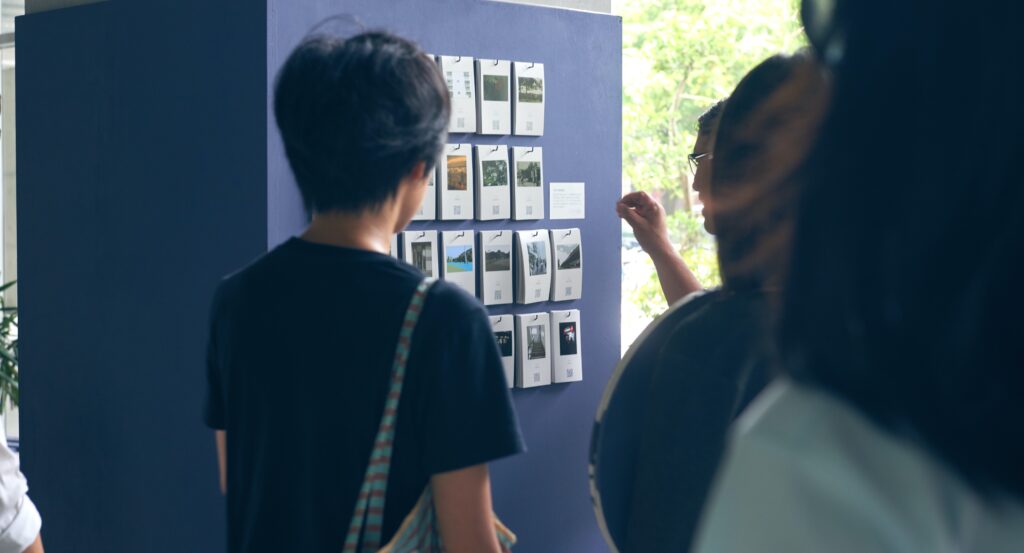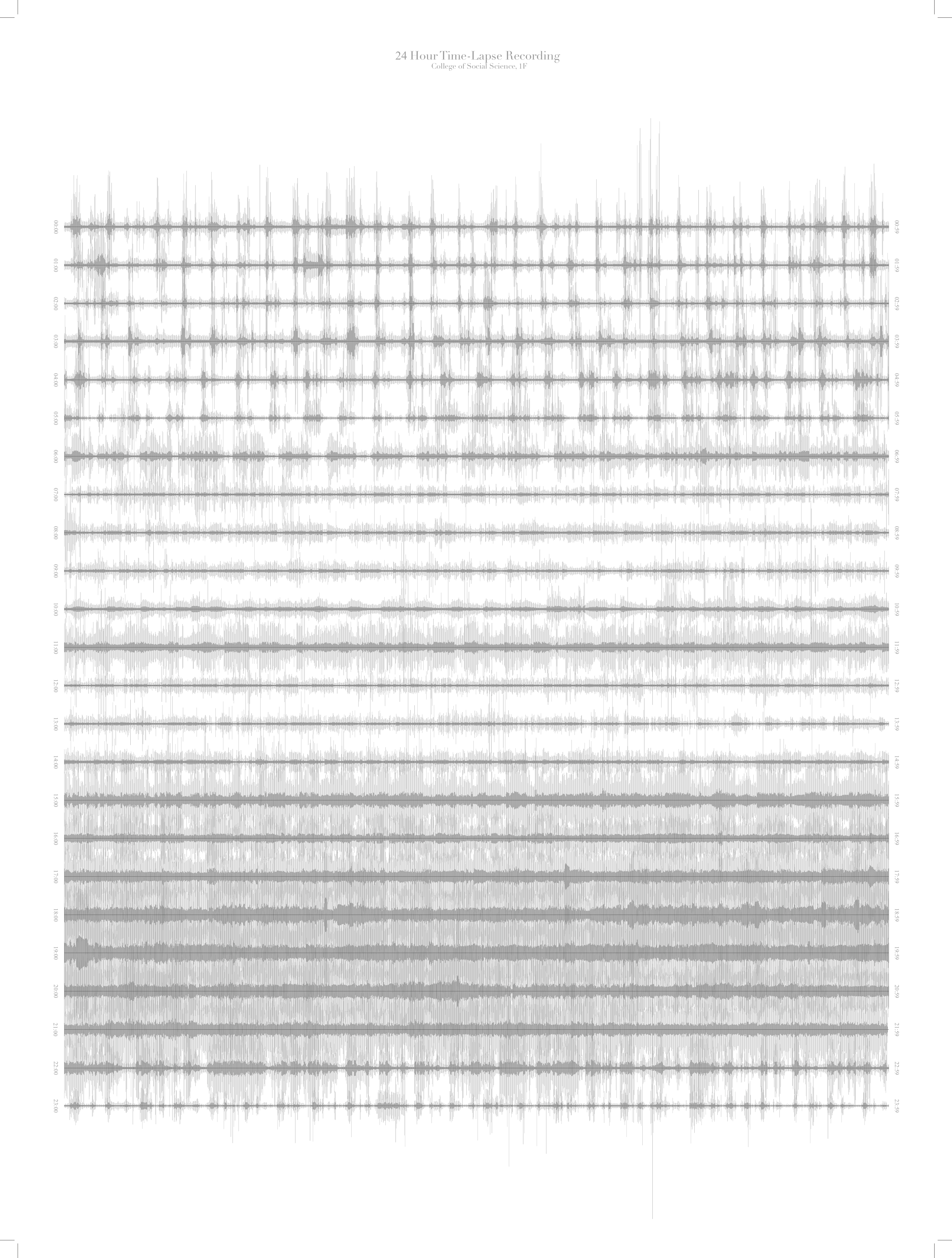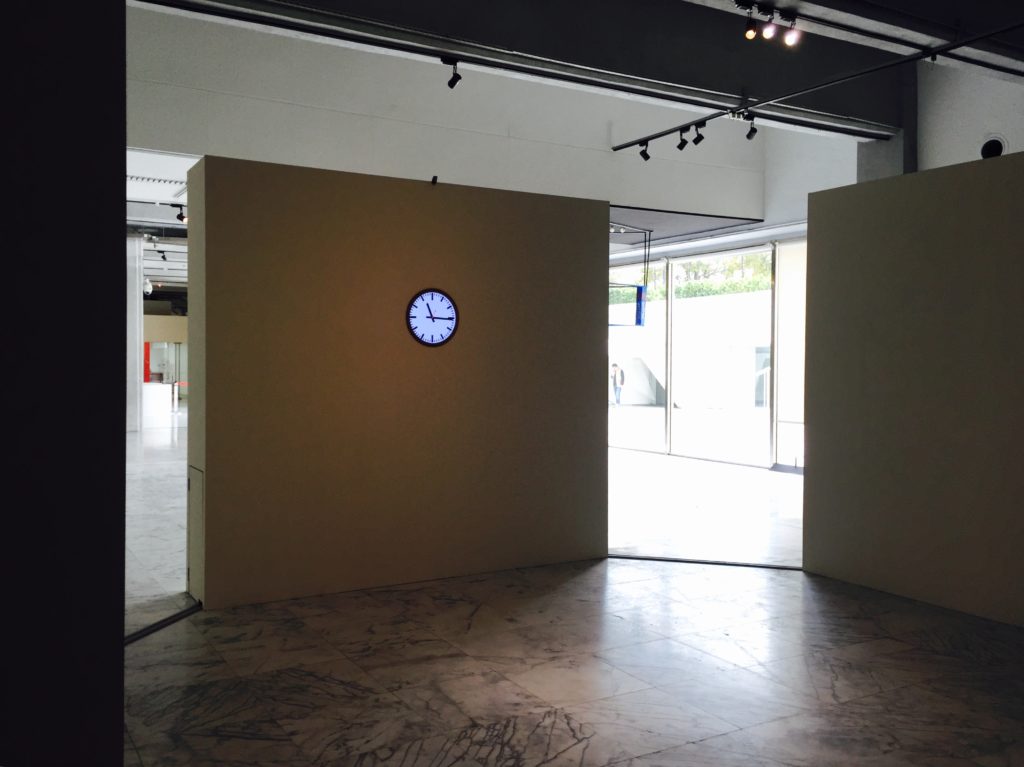
Project Description
‘Rhythm’ is a form of structure. According to Anthony Giddens, the term ‘structure’ generally refers to “rules and resources” and, more specifically, “the structuring properties allowing the ‘binding’ of time-space in social systems.” A structure is a limitation and the direction of narratives, creation, and perception. Thus, rhythm functions repeating cycles in time, and the unity in diversity, perceived by a human being, originates from desire and is influenced by external variables.
24-Hour Soundscape Diary



Daily Echo
Software, clock, radio, microphone, computer, 2015

Daily Echo is a system that automatically records and plays on the radio program and repeats the command every hour, blending with the fluctuations and resonant frequencies in space. The recorded broadcasting fades out while the new layer covers time by time.
Daily Echo consists of a radio, a clock, and a microphone. The radio broadcasting program will be recorded and replayed in the next hour. In the meantime, the radio keeps broadcasting the current program, and so on. By repeating this process, each hour of the broadcasting from the radio is mixed with others, but further from the present time, the content will be more blurry and blended with fluctuations and resonant frequencies in space, like a ripple. The clock is the only unchanged sound that happens in the same minute every hour. However, the clock sound will finally immerse into space and fade with time. The method indicates the sum of relations among sound objects, the listener, and the environment. This project extends the listening experience on-site by investigating the existence of sound in space, transmitting through space, and fading with space.
Time Concentrated

Time Concentrated is a computer-assisted composition project inspired by the recording method of Felix Hess’s air pressure fluctuations, with field recordings reproduced at more than a hundred times the original speed but remaining the same pitches. It shows the dynamic and structure of the soundscape in a specific location, just like a time-lapse ‘phonography.’ I adopted modern digital signal processing techniques such as FFT, live looping, and spectrogram for analyzing the day-long recordings.
The information we receive with our presence shapes the particular space’s sonic memory of a place, according to Emily Thompson’s “The Soundscape of Modernity.” When analyzing a soundscape and its agency, people tend to associate these hearing experiences with their existing impressions and memories. However, the soundscapes are ever-changing and under constant construction. What they hear and remember is only a tiny part of them.
The Rhythm of Space
Interactive sound installation, transducers, sensor, computer, field recording, 2014

Taipei Fine Arts Museum, 2014

Taipei Arts Award: Installation at Taipei Fine Arts Museum, Taiwan, 2014
The Rhythm of the Space is a site-specific work demonstrating the sound structure within a specific day at the Taipei Fine Arts Museum exhibition space. The 24-hour field-recording is accelerated a hundred times in its playback with the original frequency. Simultaneously, a clock synchronizing with the playback speed is projected on the wall to indicate the sounds’ timeframes. When viewers stand in front of the clock, the playback slows to an average rate, reaccelerating after leaving. This approach investigates the interrelations between listeners and their surrounding environment from the micro and macro scales.
